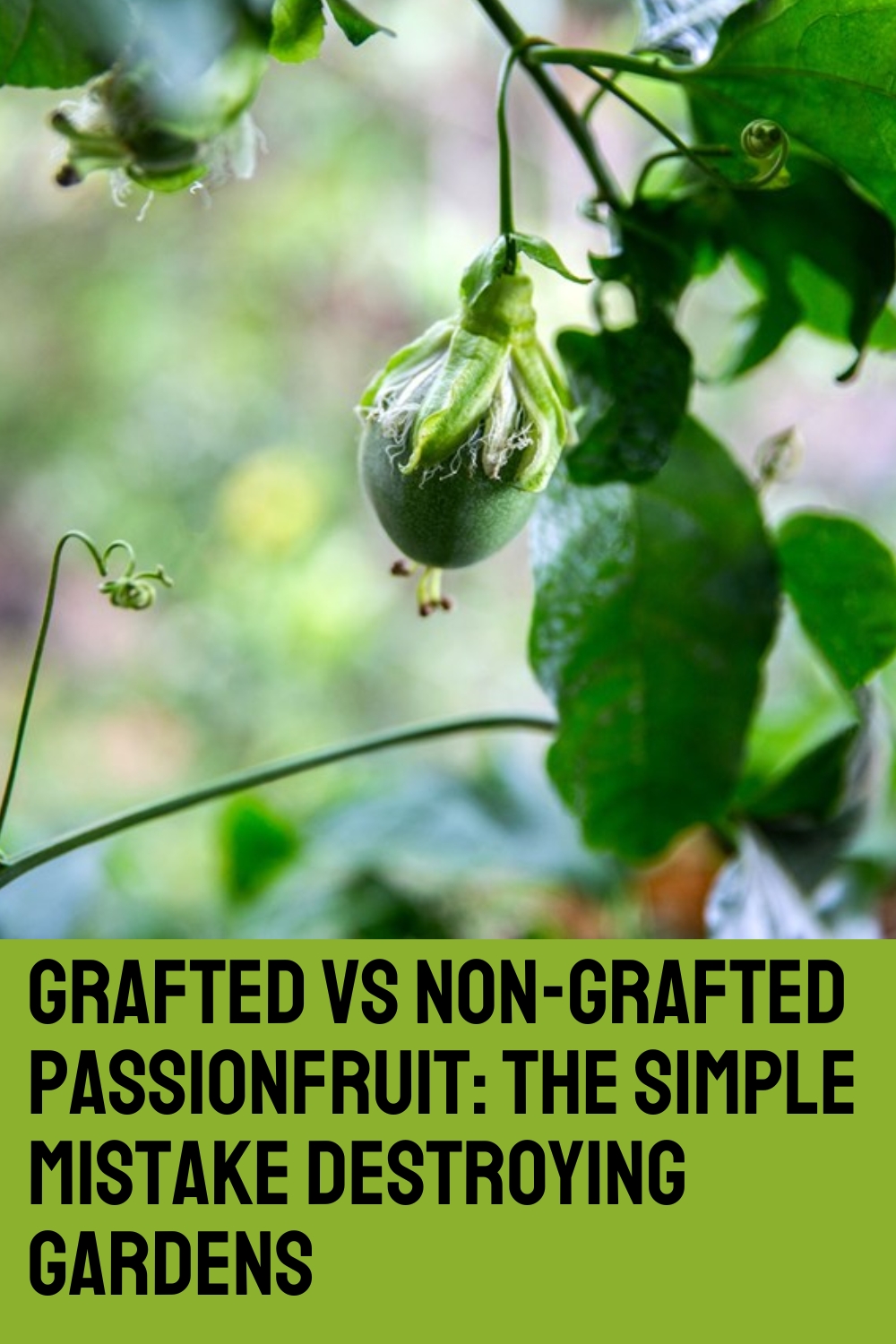Passionfruit cultivation is highly favored in Australia, offering abundant yields under optimal conditions. Before starting your passionfruit venture, understanding the distinction between grafted and non-grafted vines is crucial.
Grafted passionfruit plants involve grafting leaves and stems from one plant onto another’s roots. This technique often enhances resistance to pests, diseases, and varying climates. However, a significant drawback is that they are commonly grafted with roots from the blue passionflower, a notorious garden weed.
Some gardeners have learned this lesson the hard way. One Facebook user lamented, “I didn’t realize this and paid the price. It completely took over my garden, climbing up trees. I had to remove the entire bed, but still deal with occasional sprouts.” Another commented, “Mine grew uncontrollably and never produced fruit—just three in three years.”
The blue passionflower (Passiflora caerulea) is a robust perennial vine known for its rapid spread, capable of smothering native plants. It serves as the rootstock for edible passionfruit plants, often sprouting below the graft or from the rootstock post-grafting, even producing viable seeds.
Recognizing the blue passionflower is crucial; its fragrant, dark green, leathery leaves with five fingers are distinctive. If spotted on your passionfruit vine, immediate removal is advised due to its toxicity in unripe fruit and leaves.
When purchasing passionfruit, ensure you’re aware of its origin. Vigilantly check labels for grafting information and rootstock details.
Non-grafted passionfruit plants can thrive in Australia given proper care—preferably in warm, north-facing locations with well-draining soil and wind protection.
For those opting for grafted plants, diligent monitoring for blue passionflower suckers is essential. Prompt removal is necessary upon the grafted plant’s demise to prevent invasive growth.
Dispose of grafted plants responsibly; contact local authorities for appropriate disposal methods.

